Green: A Symbol of Life, Renewal, and Sustainability

In the grand tapestry of the visible spectrum, nestled between the calming hues of cyan and the vibrant glow of yellow, lies a colour that has captivated the human imagination for centuries: green. With a wavelength ranging from 495 to 570 nanometers, green manifests itself in myriad forms, from the verdant landscapes of nature to the glowing screens of our digital devices.
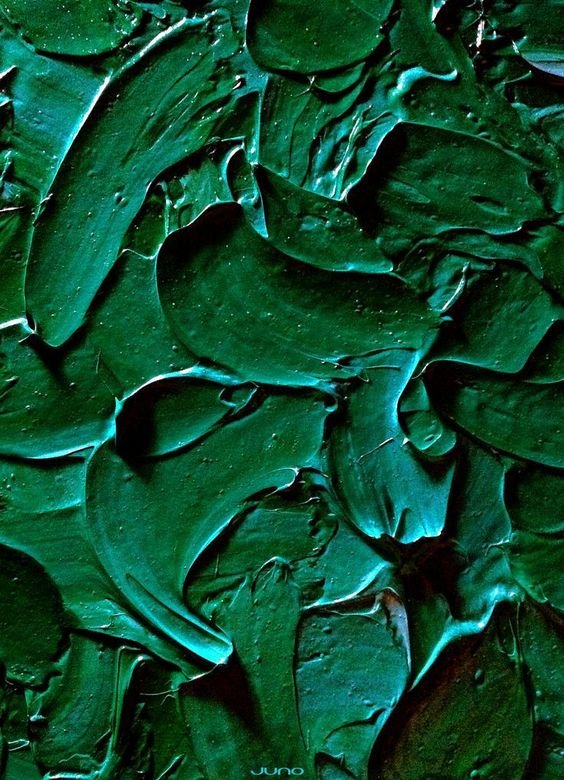
In the realm of art and design, green is a versatile hue, capable of conveying a sense of freshness, vitality, and renewal. In subtractive colour systems, mixing yellow and cyan yields this enchanting shade, while in the realm of digital media, it stands proudly as one of the primary colours in the RGB model, a cornerstone of the visual landscape we navigate daily.
Yet, the significance of green transcends mere aesthetics. Delving deeper into the annals of history, we uncover its profound cultural and symbolic resonance. From the opulent attire of European merchants to the lush banners of Islamic empires, green has long been intertwined with notions of wealth, fertility, and paradise.
In the collective consciousness of societies around the globe, green evokes a spectrum of emotions and associations. It symbolises the vitality of life, the promise of spring, and the enduring hope for a brighter tomorrow. Yet, it also carries with it a hint of envy, a reminder of the complexities inherent in human nature.
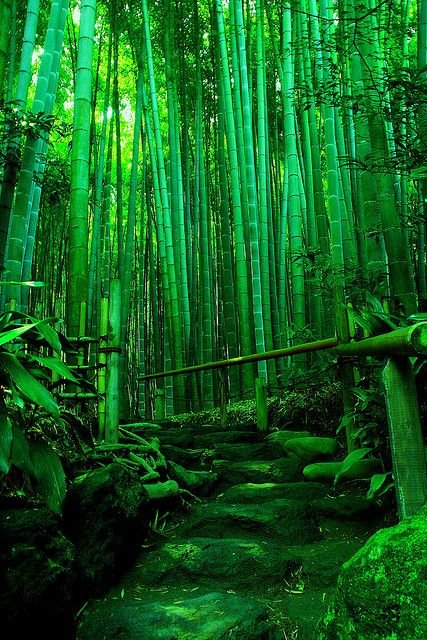
Furthermore, green has emerged as a rallying cry for environmental stewardship and social justice. It is the hue of choice for political movements advocating for a greener, more sustainable world, and the colour of choice for companies seeking to align themselves with eco-conscious consumers.
As we embark on this journey through the historical significance and evolution of the color green, let us immerse ourselves in its rich tapestry of meanings and associations. From the lush forests to the bustling city streets, green whispers of renewal, resilience, and the eternal cycle of life.
Etymology and Linguistic Evolution
The evolution of the word “green” is a testament to its deep-rooted connection with nature and growth, spanning centuries and civilizations. Originating from the Middle English and Old English “grene,” it shares linguistic kinship with the German “grün,” mirroring its association with the lush foliage of grass and the organic process of growth. This etymological journey can be traced further back to the Common Germanic *gronja-, echoing the Proto-Indo-European *ghre- meaning “to grow,” a profound link shared with the very essence of greenery itself.

Across cultures and continents, the concept of green has transcended linguistic boundaries, finding resonance in diverse languages and civilizations. Latin’s “viridis” offers a parallel narrative, entwining green with the vitality of growth, as seen in its roots “virere” for “to grow” and “ver” for “spring.” From the romance of French “vert” to the verdant charm of Italian “verde,” the spectrum of green extends its reach into the tapestry of human expression.
The Slavic languages add their own hue to this vibrant mosaic with “zelenъ,” while Ancient Greek contributes the nuanced shade of “χλωρός,” embodying the delicate hues of fresh foliage and the promise of new growth. Despite their independent origins, these linguistic echoes reverberate with a shared appreciation for the verdant beauty of the natural world.
Yet, even as green finds its voice in the lexicons of diverse cultures, its essence remains universal – a symbol of vitality, renewal, and the enduring cycle of life. From the emerald landscapes of distant lands to the verdant hues of springtime meadows, green weaves its narrative thread through the fabric of human experience, a timeless reminder of our intimate bond with the earth.
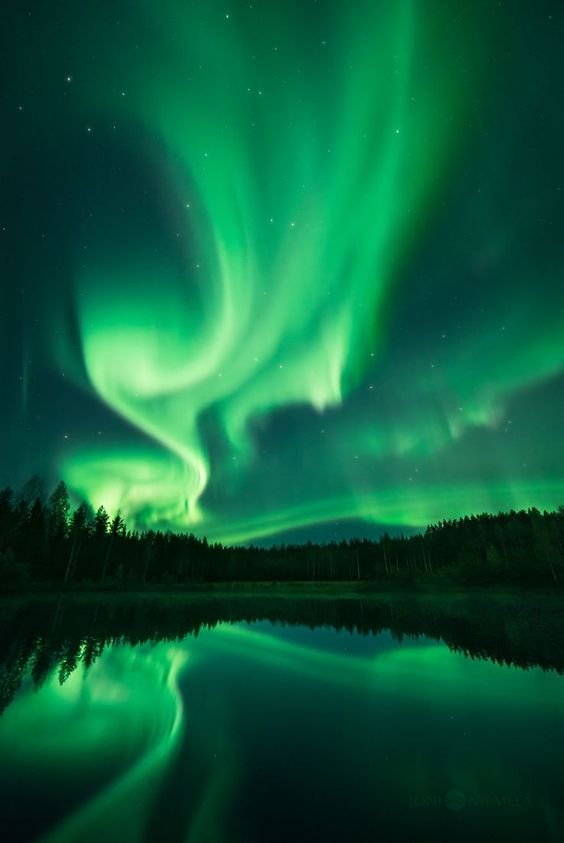
Green’s prevalence in Nature
The prevalence of green in the natural world finds its roots in the intricate chemistry of chlorophyll, a compound pivotal to the process of photosynthesis in plants. Chlorophyll’s unique ability to absorb red and blue light wavelengths more efficiently than green ones results in the vibrant green hues that adorn foliage, as light reflected by plants becomes enriched in green. This phenomenon is a testament to the evolutionary journey of photosynthesis, originating in organisms such as purple halobacteria that thrived in oceanic environments and utilised bacteriorhodopsin to harness green light for energy.
In the realm of fauna, the colour green takes on a strategic role as a form of camouflage for countless species. From fish and reptiles to amphibians and birds, many creatures utilise green pigments to blend seamlessly into their chlorophyll-rich surroundings. Turacoverdin in birds and porphyrin pigments in invertebrates like insects and mollusks contribute to their verdant appearances, ensuring they remain hidden from predators or unsuspecting prey. Even humans have adopted green attire for camouflage purposes, drawing inspiration from nature’s masterful adaptation.
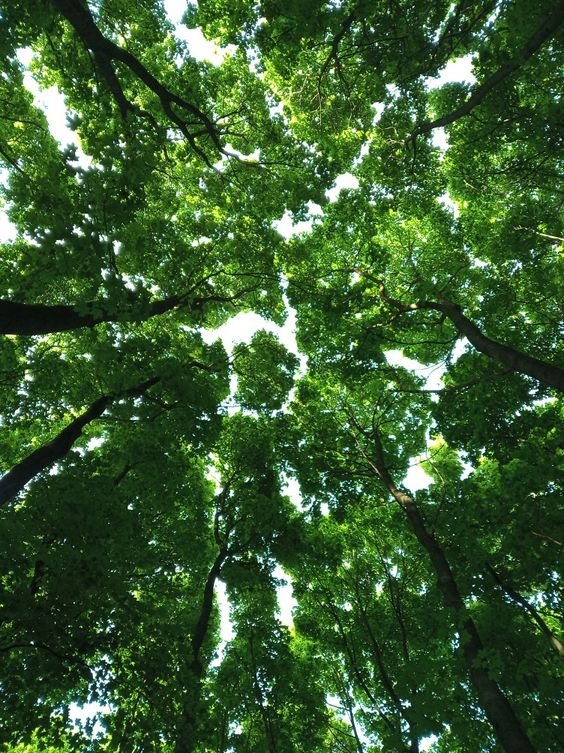
One striking example of nature’s ingenuity is the green huntsman spider, whose verdant hue is attributed to bilin pigments present in its circulatory and tissue fluids. This stealthy predator prowls through green vegetation, perfectly blending in with its surroundings as it lies in wait for unsuspecting prey. Through these remarkable adaptations, the colour green serves as a testament to the ingenuity of evolution and the seamless harmony between organisms and their environments.
A brief history of the colour Green
The colour green has woven itself into the fabric of human history, symbolising rebirth, regeneration, and vitality since ancient times. In the sacred land of Ancient Egypt, green was revered as the hue of renewal, closely linked with the annual flooding of the Nile and the flourishing growth of papyrus. To honour this cyclical phenomenon, Egyptian artists ground malachite, a copper mineral, to create vibrant pigments for their tomb decorations, embodying the essence of fertility and abundance.
Depicted in hieroglyphs as a growing papyrus sprout, green epitomised the essence of vigor and growth, resonated deeply with the culture’s reverence for nature’s bountiful cycles. The ruler of the underworld, Osiris, was often portrayed with a green face as a symbol of good health and rebirth, while green facial makeup made from malachite adorned both the living and the deceased, offering protection from malevolent forces.
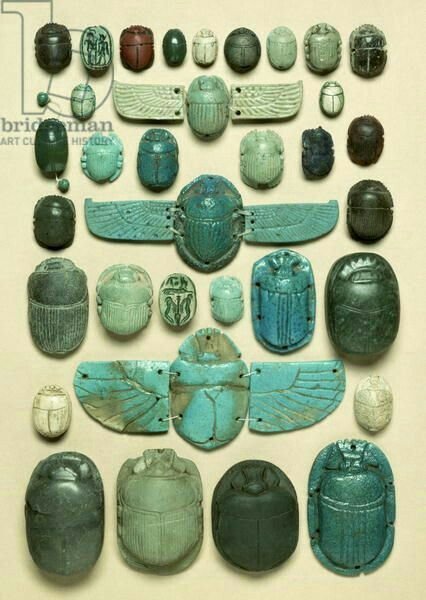
As civilizations evolved, the Romans devised verdigris, a green pigment derived from copper plates soaked in wine, which adorned everything from mosaics to frescoes, embodying the fecundity of Venus, the goddess of gardens. Despite the lack of durable green dyes in antiquity, the 16th century heralded a breakthrough with the advent of synthetic pigments, transforming the artistic landscape with their brilliance and permanence.
In the romantic era of the 18th and 19th centuries, green emerged as a symbol of tranquillity and escape from the industrialised world, epitomised by the lush landscapes depicted by painters like John Constable and Jean-Baptiste-Camille Corot. Artists like James McNeill Whistler and Vincent van Gogh pushed the boundaries of colour theory, using green to evoke specific emotions and themes in their works.

In modern times, green has transcended its aesthetic role to become a potent political symbol, representing the environmental movement and a rejection of traditional ideologies. As the colour of the Green Party in Europe, it embodies a new paradigm of ecological stewardship and social progress, underscoring the enduring power of green as a force for change and renewal in the world.
Green in India’s heritage
Green holds a profound significance within India’s rich cultural and spiritual tapestry, weaving through every aspect of life with its symbolic resonance and deep-rooted meanings. Embedded in the nation’s agrarian heritage, green serves as a potent emblem of fertility, growth, and prosperity, mirroring the verdant landscapes of forests, fields, and gardens that dot the Indian countryside. This lush greenery not only sustains livelihoods but also embodies the enduring vitality of the land and its people.
In Hindu mythology, green finds a sacred resonance as the colour associated with Lord Vishnu, a principal deity revered for his role in preserving and maintaining the cosmic order. Vishnu is often depicted adorned in green garments or seated gracefully on a green lotus, symbolising renewal, rebirth, and the eternal cycle of life. This divine association imbues green with spiritual significance, aligning it with the timeless rhythms of creation and regeneration.

Throughout India’s vibrant tapestry of festivals and celebrations, green emerges as a recurring motif, imbued with layers of symbolism and ritualistic meaning. During the exuberant festival of Holi, vibrant green-coloured powders known as “gulal” are joyously thrown in the air, heralding the arrival of spring and commemorating the triumph of good over evil. Similarly, during the auspicious nine nights of Navratri, devotees adorn themselves in shades of green, honouring the divine feminine and invoking blessings for growth and abundance.
In the realm of health and holistic well-being, green takes on a nurturing role, reflecting the principles of Ayurveda, the ancient Indian system of medicine. Here, green is revered for its association with balance, harmony, and healing, with green foods such as leafy vegetables and herbs prized for their nourishing properties. The practice of yoga, deeply rooted in Indian tradition, further underscores the connection between green and holistic wellness, emphasising the importance of aligning with nature’s rhythms for optimal health and vitality.
Beyond its spiritual and cultural significance, green holds a prominent place in the modern identity of India, serving as one of the colours adorning the national flag. Here, green symbolises the nation’s aspirations for growth, prosperity, and harmony, reflecting the collective vision of a flourishing and vibrant society.

Contemporary significance and symbolism
In contemporary society, green holds multifaceted significance as a symbol of environmental consciousness, sustainability, and hope for a brighter future. As the world grapples with pressing environmental challenges such as climate change and biodiversity loss, green has emerged as a rallying cry for action and stewardship. It symbolises a commitment to preserving and protecting the natural world, advocating for renewable energy, conservation efforts, and eco-friendly practices.
Moreover, green represents a vision of renewal and regeneration, offering a beacon of hope amidst global uncertainties. It embodies resilience, growth, and the potential for positive change, inspiring individuals and communities to embrace sustainable lifestyles and embrace green technologies.
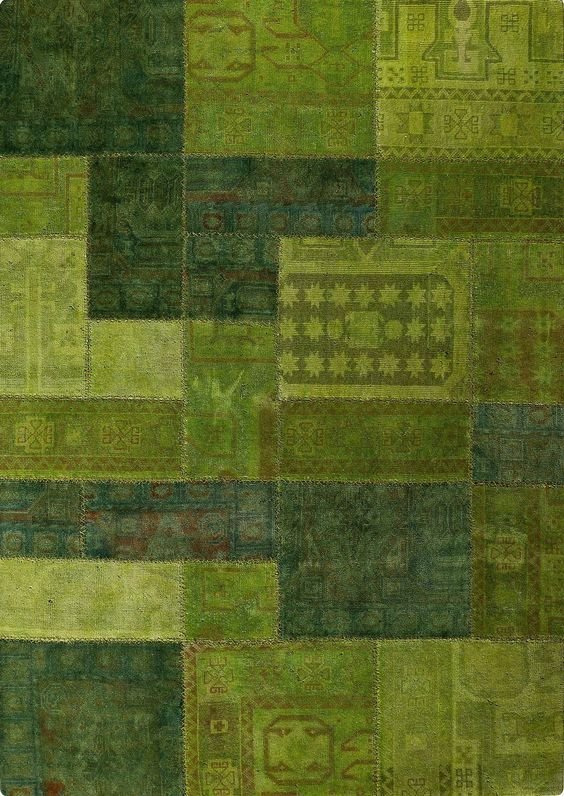
In the realm of design and aesthetics, green continues to evoke feelings of tranquility, harmony, and balance, serving as a calming influence in our increasingly fast-paced and urbanised world. Whether in architecture, fashion, or interior design, green hues are celebrated for their ability to connect us with nature and promote well-being.
Green’s contemporary significance transcends mere colour symbolism, embodying a powerful message of environmental stewardship, resilience, and optimism for a sustainable and prosperous future.
Conclusion
In conclusion, the colour green is far more than just a pigment on the palette or a hue in the spectrum. Its significance spans across cultures, civilizations, and epochs, embodying a myriad of meanings and symbolisms that resonate deeply with the human experience. From its ancient roots in fertility and rebirth to its modern-day associations with environmental consciousness and sustainability, green continues to captivate and inspire us.

As we reflect on the historical, cultural, and contemporary significance of green, we are reminded of its enduring relevance in our lives. It serves as a reminder of our interconnectedness with the natural world, urging us to cherish and protect the precious ecosystems that sustain life on Earth.
In the face of global challenges and uncertainties, green offers us a ray of hope and optimism for the future. It symbolizes resilience, growth, and the potential for positive change, encouraging us to embrace sustainable practices and work towards a greener, more sustainable world for generations to come.
Ultimately, green transcends mere color symbolism to become a powerful emblem of our collective aspirations and responsibilities. It calls upon us to cultivate a deeper appreciation for the beauty and abundance of the natural world, and to strive towards a harmonious coexistence with the planet and all its inhabitants.


